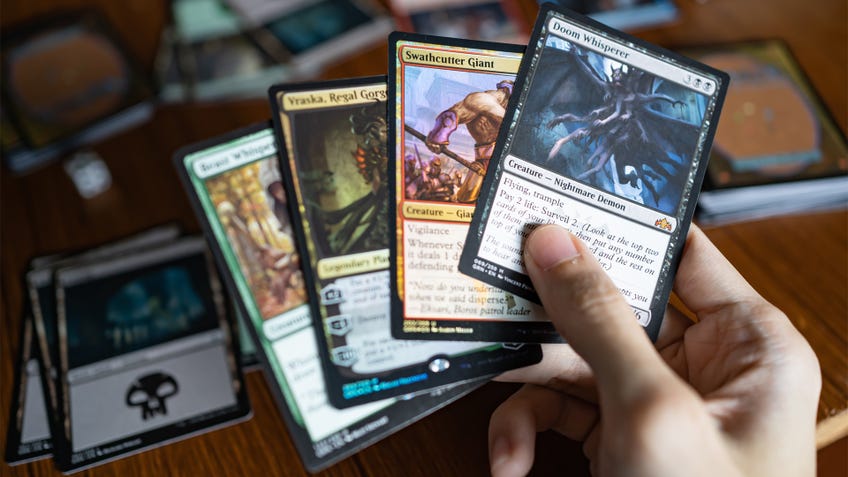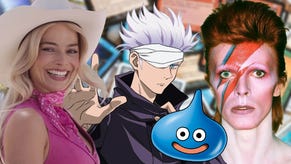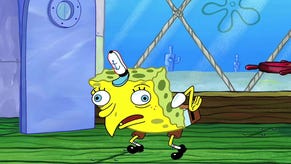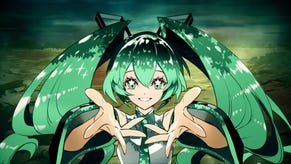MTG colour combinations explained: What are the names for MTG’s colour pairs?
Trying to tell your Gruul from your Grixis? Allow us to help with this guide to the names of MTG’s colour combos.
The five mana colours of Magic: The Gathering can be mixed into a number of different MTG colour combinations. In fact, there are dozens of different MTG colour combos possible, each with their own unique playstyle and lore within the world of the card game.
While knowing the names of each colour combination and its background lore isn’t essential to building a good MTG deck, it can be useful when talking to other players who might use the nicknames instead of naming the colours. Many long-term fans use the colour combination names or abbreviations for ease. Sometimes it’s nice to just add a bit of extra flavour to your next deck, too.
MTG colour combinations
- What do allied and enemy colours mean in MTG?
- Two-colour combinations
- Three-colour combinations
- Four-colour combinations
- Five-coloured combination
You can include any number of the five MTG mana colours - Blue, Black, Green, Red and White - in your deck. A deck with a single colour is referred to as a mono-colour deck, while combinations of two, three, four or even all five colours have specific names based on which colours you include. There are 25 possible colour combinations in MTG: 10 colour pairs, 10 three-colour combinations and five four-colour combinations.
When referring to the colours in each combination, each colour is sometimes abbreviated to the first letter of its name - G for Green and R for Red, and so on - with ‘U’ used for Blue to avoid confusion with Black, represented by B. (As both colours also have L as a second letter.)
Below we’ve listed every MTG colour combination with its name and the explanation of the lore behind the nicknames. While it’s completely fine to just list the individual colours in your deck, knowing the MTG colour combination names is a fun way of investing yourself even deeper in the trading card game’s universe.
What do allied and enemy colours mean in MTG?
Magic: The Gathering’s five colours each represent a particular playstyle in the TCG, reflected in the kinds of cards assigned to the mana colour. Some colours make for harmonious pairs, while others are naturally opposed in their focus. These are referred to as “allied” and “enemy” colours.
Allied colours in MTG means that the colours typically overlap in terms of their playstyle and in-game mechanics. For example, White and Blue both offer a lot of control options, helping you to manipulate your opponents’ cards and shut down attacks with counterspells while protecting your creatures.
In contrast, enemy colours in MTG are colours that sit at odds with each other when it comes to a deck’s gameplay strategy. A good example is White and Black. White tends to be a colour of life and healing, helping the player to gain life points using its cards. Meanwhile, Black is focused on death and life loss, reviving cards from your graveyard and draining your opponents’ life points.
Both allied and enemy colours can make for strong decks. Allied colours naturally make for more tightly focused decks, with the downside that allied colours often share similar weaknesses in terms of gameplay. Enemy colours allow for a more diverse deck, but may lack the focused strength of colours that align in terms of mechanics.
If you’re wondering which colours are allied and enemy in MTG, there’s an easy way to tell. Simply look at the back of any Magic: The Gathering card. You’ll see five circles representing the five mana colours, arranged into a pentagon. Any colours that are adjacent to each other - such as Black with Red or Blue, or Green with White or Red - are allied colours. Any colours that are opposite - such as Red with White or Blue - are enemy colours.

Two-colour combination names in MTG
Two-colour combinations, or pairs, in Magic: The Gathering make up many of the game’s most popular decks. The names of two-colour pairs in MTG are based on one of the TCG’s most iconic planes: Ravnica. Specifically, each two-colour combination is named after one of the titular city’s guilds, as the original Ravnica block based the guilds’ nature on the playstyle of the 10 possible two-colour pairs.
MTG’s two-colour combinations are:
- Azorius: Blue/White
- Boros: Red/White
- Dimir: Black/Blue
- Golgari: Black/Green
- Gruul: Green/Red
- Izzet: Blue/Red
- Orzhov: Black/White
- Rakdos: Black/Red
- Selesnya: Green/White
- Simic: Blue/Green
Three-colour combination names in MTG
Three-colour combinations in Magic: The Gathering are divided into two types, relating back to the idea of allied and enemy colours. Five “Shards” are made up of three allied colours - a colour and the two colours that sit either side to it on MTG’s colour wheel, meaning they are sometimes also called “arcs” - while a further five “Wedges” comprise cards from three enemy colours opposite to each other on the colour wheel.
Like the lore behind MTG’s colour pairs, three-colour combinations also have nicknames inspired by the card game’s planes. The three-colour Shards are named after the shards of fragmented world Alara, introduced in the 2008 block, while the Wedges are named for the five opposed clans of Tarkir, as first seen in 2014’s Khans of Tarkir block.
The five three-colour combinations known as Shards, composed from allied colours, are:
- Bant: Blue/Green/White
- Esper: White/Black/Blue
- Grixis: Black/Blue/Red
- Jund: Black/Green/Red
- Naya: Green/Red/White
The five three-colour combinations known as Wedges, made up of enemy colours, are:
- Abzan: Black/Green/White
- Jeskai: Blue/Red/White
- Mardu: Black/Red/White
- Sultai: Black/Blue/Green
- Temur: Blue/Green/Red

Four-colour combination names in MTG
There are five ways to combine four colours in MTG. While these too have nicknames based in Magic: The Gathering lore, their background doesn’t run quite as deeply as the names for two-colour pairs or three-colour combinations. Their names also tend to be less widely-used than those for two- or three-colour combinations, but they’re still worth knowing.
The four-colour combination names are taken from a set of creatures called the Nephilim introduced in 2006 set Guildpact, part of the Ravnica block. Each four-colour combination is named for the creature card that shared its unique combination of mana colours, which were the only such four-colour creatures for a decade until the release of new four-colour creatures in a 2016 Commander set. Those creatures were Dune-Brood Nephilim, Glint-Eye Nephilim, Ink-Treader Nephilim, Witch-Maw Nephilim and Yore-Tiller Nephilim, which are shortened when referring to the colour combinations.
The four-colour combinations in MTG are:
- Dune: WBRG (No Blue)
- Glint: UBRG (No White)
- Ink: WURG (No Black)
- Witch: WUBG (No Red)
- Yore: WUBR (No Green)
Five-coloured combination name in MTG
If you’re including all five colours in your Magic: The Gathering deck, there’s only one possible combination! Unlike the other MTG colour combinations, the five-coloured combination doesn’t have a fun nickname related to MTG lore.
Instead, a five-coloured combination in MTG is simply called “five-coloured” or “WUBRG” - pronounced “woo-berg”. The same term is used to refer to any cards that cost one of every type of mana.









